This is an applied resource examining the concept of gendered health misinformation and how it may present to online users. We reviewed claims on social media, interviewed health experts, and consulted existing literature in order to put together a set of prioritized gendered health misinformation topics.
Gendered misinformation here is defined as the unintentional spread of false or substandard information about women, trans people, and nonbinary people. This is different from gendered disinformation, which is the intentional and coordinated spread of sexist information, primarily focused on women. The concept has yet to be formally conceptualized and is not widely researched, understood, or prioritized. In this report we focus on three nonexhaustive topics that capture a range of gendered health misinformation claims.
This resource captures examples of gendered health misinformation online. More research needs to be done to understand relative risks of gendered health misinformation narratives, as well as effective content moderation approaches to mitigating the harm of gendered health misinformation in online ecosystems.
The claims presented in this resource are examples of misinformation that are misleading, missing context, or outright false. Names and identifying characteristics of the users posting the misinformation have been blurred to protect their identities and reduce risks of harm and harassment to those accounts.
Acknowledgements
This primer was developed with contributions from topic area and field experts including Lauren Graybill, Elizabeth Pleasants, Anna Wexler, Laura Dodge, and with input from Meedan team members.
Meedan partners with media organizations, NGOs, and technology platforms— including some mentioned in this report—to support global journalism. Details about Meedan’s funding and collaborations are available in its annual reports. Meedan’s research is conducted independently of our funders.
We collaborated with 53 partner organizations worldwide to design and carry out our 2024 elections projects. We extend special gratitude to our lead partners in Brazil, Mexico and Pakistan, whose work we highlight in this essay.
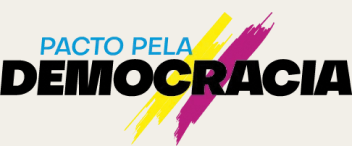
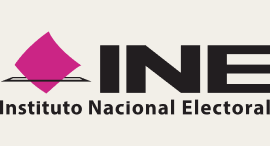
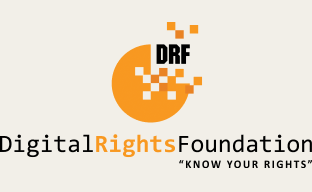
The 2024 elections projects featured in here would not have been possible without the generous support of these funders.
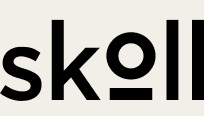


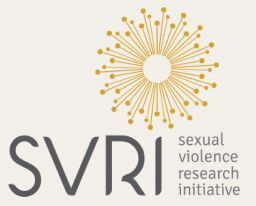
Footnotes
References
Authors
Words by
Jenna Sherman, MPH, is a Program Manager for Meedan’s Digital Health Lab. Her work has focused on digital health challenges across information access, maternal incarceration, and discrimination in AI. She has her MPH from the Harvard T.H. Chan School of Public Health in Social and Behavioral Sciences.





